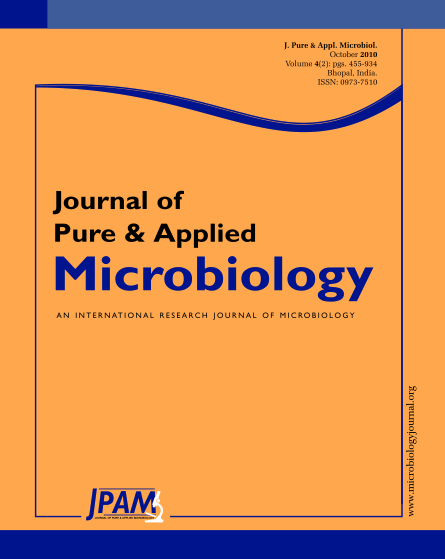Studies were under taken on Aspergillus oryzae SCBRD11 isolated from the soil sample using potato dextrose agar and starch used as a substrate to evaluate their ability to produce amylase. The amylase producers detected by the clear zone around the colony by simple plate assay method. Among the fifteen isolates Aspergillus oryzae SCBRD11 is the potential strain. The amylase synthesis were increased their yield after the optimization of fermentation parameters. The optimum pH 4.5, temperature 310C and inoculum size 1.0 ml. This enzyme was growth associated.
Fermentation, Amylase, Aspergillus oryzae
© The Author(s) 2010. Open Access. This article is distributed under the terms of the Creative Commons Attribution 4.0 International License which permits unrestricted use, sharing, distribution, and reproduction in any medium, provided you give appropriate credit to the original author(s) and the source, provide a link to the Creative Commons license, and indicate if changes were made.


